- Audit Report on ShotSpotter issued June 20, 2024
- The report is misinformed and makes broad, factually flawed judgments
- Read our official response
ShotSpotter Controversy: The Truth Behind Gunshot Detection Technology and the Web of False Claims
SoundThinking has been the subject of false, misleading and specious statements related to ShotSpotter, our leading gunshot detection technology. We embrace feedback and respect differences of opinion. Unfortunately, these mischaracterizations and claims have been unfairly twisted to impersonate objective facts in reporting and the public dialogue about how we help communities improve public safety. On this page, we set the record straight.
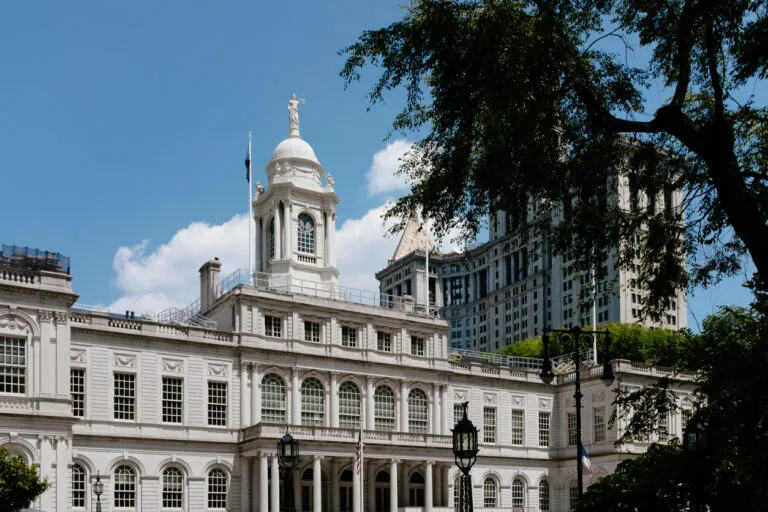
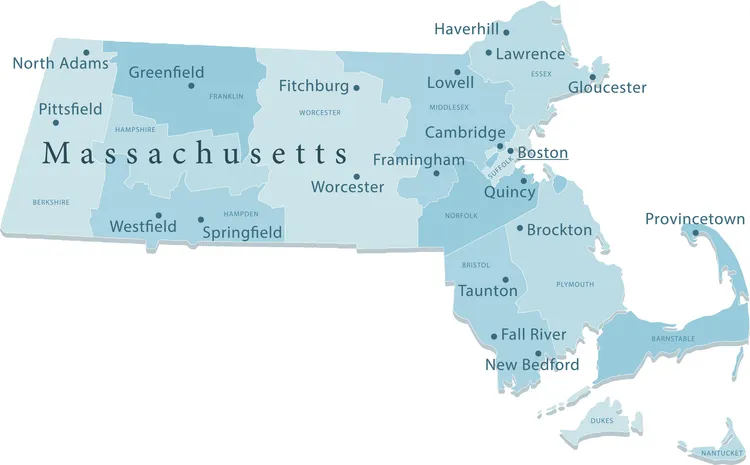
- 11 chiefs and commissioners share an open letter of support
- This letter addresses recent misinformation about ShotSpotter contained in a May 14, 2024 letter from Senators Ed Markey (MA), Elizabeth Warren (MA), Ron Wyden (OR), and Representative Ayanna Pressley (MA) to the U.S. Department of Homeland Security Inspector General

- Audit Report on ShotSpotter issued June 20, 2024
- The report makes broad, factually flawed judgments without according proper weight to NYPD’s input
- Editorial by William Bratton, Marc Morial, and Ralph Clark
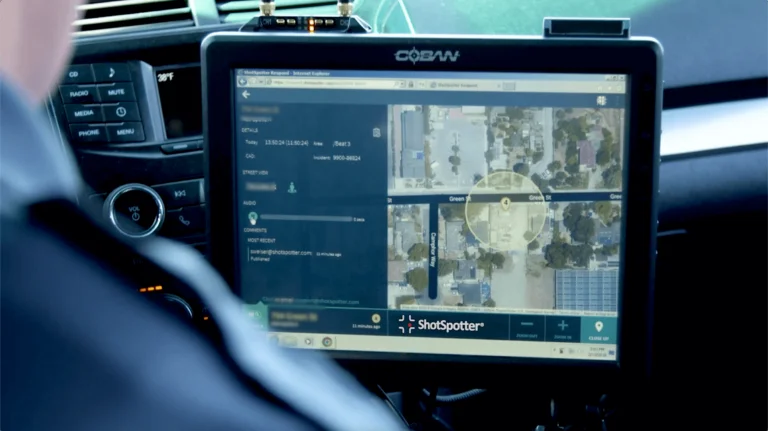
- On May 14, 2024, three senators and one congresswoman sent a letter to the Inspector General of the Department of Homeland Security (DHS).
- These Members encouraged the IG to open an investigation related to purported Title VI Civil Rights violations.
- We believe the Congressional Members were misinformed and have published our response to correct the misleading and false information about ShotSpotter acoustic gunshot detection technology
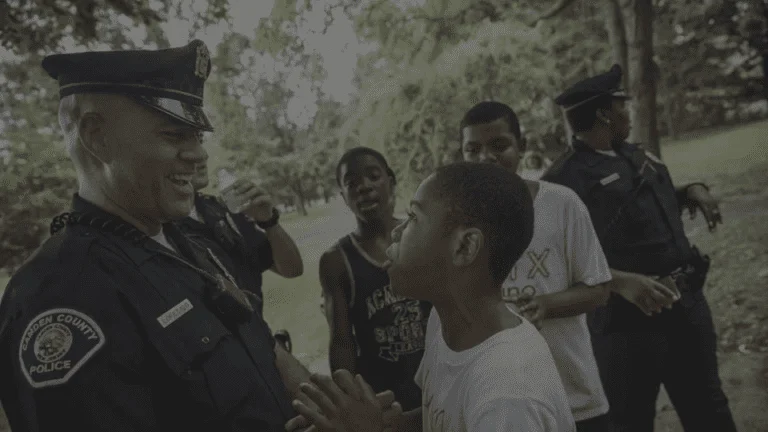
- “CancelShotSpotter” and “Campaign Zero” fall under the umbrella of “We the Protesters, Inc.” a non-profit organization founded in 2014
- Example campaigns include “Cops Kill Kids” and “Out of the Streets Fascist Police” among others
- Raised over $45 million
- Claim-by-claim counterpoints
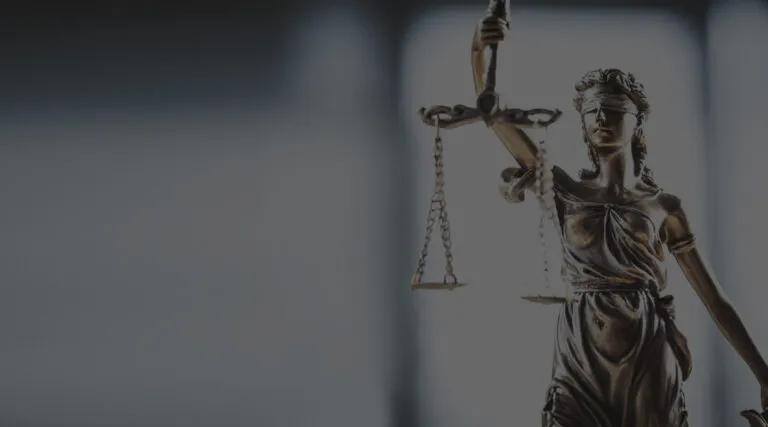
- In 2021, the MacArthur Justice Center (MJC) published a report, “ShotSpotter Generated Over 40,000 Dead-End Police Deployments in Chicago in 21 months.”
- This report propagated at least 3 inaccurate and specious claims.
- The report reflects a fundamental ignorance of policing generally and gunshot detection specifically.
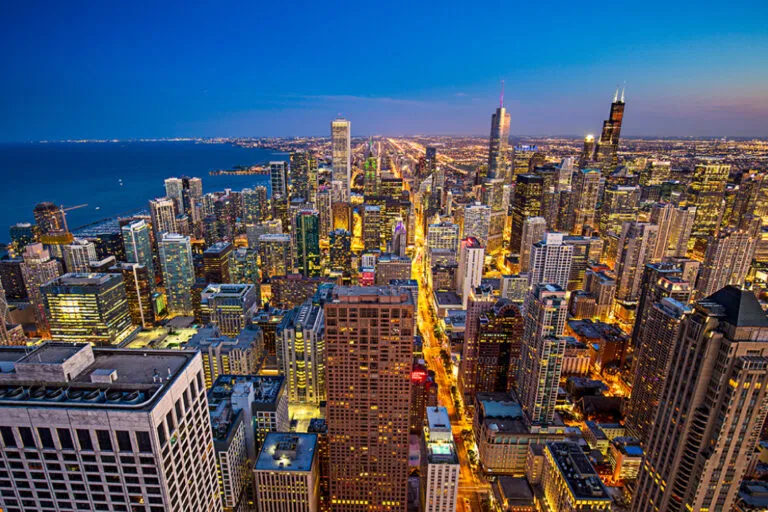
- In 2021, the Chicago Office of Inspector General (OIG) published a report, “The Chicago Police Department’s Use of ShotSpotter Technology.”
- The report suffers from incomplete and irreconcilable data.
- It contains at least 2 main mistakes / assumptions.
- The report itself states, “it may not be possible at present to reach a well-informed determination..”
Independent Research on ShotSpotter
Improving the Police Response to Gunfire: A Cost-Benefit Analysis of ShotSpotter in Winston-Salem:
Independent research by the Center for Crime Science and Violence Prevention in the Winston-Salem market showed that police response times to ShotSpotter alerts were almost 5 minutes faster compared to those called in by residents. The study also showed that ShotSpotter calls received more investigative time, leading to improved evidence recovery. The study showed a 26% decrease in aggravated assaults in the market after deploying ShotSpotter, while comparable nearby markets saw an increase in assaults. Specifically, aggravated assaults were down 38% in Winston-Salem compared to these other markets.
Evaluating an Acoustic Gunshot Detection System in Cincinnati:
Professor Dennis Mares of Southern Illinois University conducted an independent study in Cincinnati, revealing a 46% reduction in violent crime in areas where ShotSpotter was deployed.
Reducing Gunfire through Acoustic Technology:
According to the 2022 Gunshot Detection Guide by researcher Dennis Mares, gunshot detection technology can help with faster response times, victim assistance, accurate locations, enhanced evidence recovery, enhanced reporting of gunfire, identifying hotspots, and providing opportunities for interaction with the community. The research also found that gunshot detection technology may lead to reductions in gun violence, but evidence remains closely related to implementation differences.
Use of ShotSpotter Detection Technology Decreases Prehospital Time for Patients Sustaining Gunshot Wounds:
According to a 2019 article in The Journal of Trauma and Acute Care Surgery, ShotSpotter alerts decrease police and EMS response times, getting first responders to the scene to identify and assist gunshot victims who may otherwise not receive life-saving help. Of note, research also showed that ShotSpotter helps increase the likelihood of police transport of gunshot victims directly to trauma centers if, after four minutes, EMS does not arrive.
Measuring the Effects of ShotSpotter on Gunfire in St. Louis County, MO:
An independent study by the NYU Policing Project and a Purdue University social scientist found that eight police beats in St. Louis County that utilize the ShotSpotter system saw a 30% decrease in gun-related assaults, compared to eight other police beats without ShotSpotter.
Gunshot Detection Technology Time Savings and Spatial Precision: An Exploratory Analysis in Kansas City:
Research funded by the National Institute of Justice and led by Dr. Eric Piza of John Jay College of Criminal Justice found that ShotSpotter helped police in Kansas City detect gunshots a median of 1.5 minutes faster than 911. That same study also reported that when measuring the distance between where 911 callers in Kansas City reported a gunshot occurring, and where ShotSpotter identified where shots occurred, was on average, 234 feet away from one another.
Lessons Learned Implementing Gunshot Detection Technology: Results of a Process Evaluation in Three Major Cities:
According to the Urban Institute, police departments using ShotSpotter have a rate of finding shell casings that is up to three times higher due to the precise location provided by ShotSpotter alerts. Shell casings are critical evidence in an investigation that can be used to identify the gun that was fired, and ultimately identify and prosecute a suspect.
Precision and Accuracy of Acoustic Gunshot Location in an Urban Environment:
An August 2021 study that looked at the technology’s use in Pittsburgh showed that 96 percent of shots were located within 50 feet or less.
ShotSpotter Highlights
How Columbia police use city cameras and gunshot sensors to crack cases
According to police, ShotSpotter has proven instrumental in investigating crimes and played a crucial role in recent court cases, with ShotSpotter data being paired with surveillance footage to secure convictions in murder trials.
‘ShotSpotter’ technology is bang for the buck, says Manchester chief
According to police, ShotSpotter has contributed to a 27% reduction in shootings and an increase in gun seizures and arrests.
Cleveland has had gunfire detection technology for 3 years. Are residents safer?
Over two years, Cleveland PD received 6,600 gunshot alerts and made 56 arrests, including 18 individuals accused of violent crimes ranging from murder to domestic violence.
Gunshot detection tech proves early results
Since its implementation, ShotSpotter has provided numerous confirmed alerts, while evidence collection has also improved. “I am proud to say that the deployment of ShotSpotter has been nothing short of exceptional,” said Lancaster Mayor R. Rex Parris.
ShotSpotter alerts and violent crime trending down in Jacksonville early into 2024
ShotSpotter alerts are down nearly 25% compared to the same time last year, while murders are down nearly 30%. “It is a tool that we use to keep people safe. It keeps people who are shot, and no one calls 911 alive,” JSO Assistant Chief Michael Paul explained.
MYTH
ShotSpotter isn't accurate and has a high false positive rate.
FACT
- This is absolutely false. ShotSpotter has a 97% accuracy rate, including a 0.5% false positive rate, for real-time detections across all customers over the last three years. This was derived directly from police department reporting and has been independently confirmed by Edgeworth Analytics, a data science firm in Washington, D.C.
- ShotSpotter has been in operation for 25 years, serves more than 150 cities, and has a 99% renewal rate because the system works and is proven to be effective in helping to save lives, collect critical evidence and make communities safer.
MYTH
SoundThinking alters evidence at the request of police departments and prosecutors, and these forensic reports have never been tested in a court of law.
FACT
- This has no basis in fact. By March 2022 numerous media outlets, including the Associated Press, have corrected, retracted, or clarified this false claim that was originally published by VICE media. Court records from Illinois v. Michael Williams prove that the company did not change the location of the gunfire between its real-time alert on the night of the shooting and its later detailed forensic report, the same intersection where Mr. Williams himself admitted the gunfire had occurred. In August 2022 VICE Media itself retracted this demonstrably false claim followed by the The Daily Beast and The Week.
- Forensic reports are prepared by experienced forensic engineers and submitted to courts as evidence. These reports require on average eight hours to compile. Neither police nor prosecutors have input into how forensic reports are written and prepared or what they will say. Instead, they rely solely on the data our experts find in analyzing the data available to them about a gunshot incident.
- No court has ever charged or found that SoundThinking has criminally altered or fabricated evidence. In fact, ShotSpotter evidence and expert witness testimony have been successfully admitted in over 200 court cases in 20 states and our evidence has repeatedly survived scrutiny by courts following at least 14 Frye hearings and 2 Daubert hearings (These are acceptance tests used by the court to determine the scientific validity of evidence submitted in court).
MYTH
ShotSpotter coverage areas are biased and lead to over-policing or potentially dangerous police deployments in Black and Latinx communities.
FACT
- This false narrative is not based in reality and ignores the pain many communities are suffering from. We work with our customers – local law enforcement agencies and cities – to determine coverage areas based on historical gunfire and homicide data to assess the areas most in need of gunshot detection. We believe all residents who live in communities experiencing persistent gunfire deserve rapid police response, which gunshot detection enables – regardless of race or geographic location.
- In fact, there is no evidence supporting the claim that ShotSpotter alerts result in police arriving on scene “hyped up” potentially creating dangerous situations. On the contrary, ShotSpotter equips police officers with more situational information thereby aiding in swifter and more precise responses to criminal gunfire, which has been documented in saving lives of gunshot wound victims.
MYTH
AI determines if sounds are gunshots and sends alerts directing police into communities to arrest people.
FACT
- This is completely incorrect and a misinformed understanding of how our system works. ShotSpotter has two AI algorithms and neither sends alerts to police. Only specially trained human reviewers send alerts that result in a police response.
- The first algorithm determines the location of the gunfire using math and physics and the approach has been around since WWI. The company has been transparent about this algorithm and published a paper showing how it works.
- The second algorithm is a noise filter that eliminates sounds that are not gunshots such as fireworks or helicopters. This algorithm filters out the majority of sounds that are not gunshots so as not to overwhelm the human reviewers. Reviewers then analyze the remaining sounds and determine whether those sounds are gunshots or not using a set of tools such as audio playback and visual analysis of the waveform. There are no civil liberties issues related to an algorithm that filters out noises that never result in a police response.
- ShotSpotter’s technology identifies gunfire, not people. It has no way of determining the identity of someone and it does not arrest, charge or convict anyone. The authorities decide whether to arrest or charge someone. SoundThinking has no role in these decisions
</div
MYTH
ShotSpotter does not bring significant value to communities.
FACT
Gun violence is a complex issue and there is no single solution for it. However, studies have shown that ShotSpotter helps police and EMT respond to crime scenes more quickly and precisely, save the lives of gunshot wound victims, and find evidence, all positively impacting communities.
- Independent research studies show that more than 80% of gunfire is unreported to police (Brookings Institution) and that ShotSpotter alerts result in faster response times by police and ambulances reducing overall transport time to the hospital (Journal of Trauma and Acute Care Surgery).
- Police agencies and cities report that ShotSpotter helps them find and aid victims when there are no calls to 911. Here are just a few examples. Chicago Police Department Superintendent David Brown credited ShotSpotter alerts with 125 lives saved in the last five years, recovery of 2,985 firearms and 24,421 pieces of evidence. In a notable example from April 2021, a ShotSpotter alert enabled quick police response in Chicago, saving a 13 year old’s life. In Oakland, CA, 101 gunshot wound victims were located and kept alive by police officers due to ShotSpotter alerts. In 2022, Albuquerque Police Department reported finding and coordinating an emergency medical response for 179 gunshot wound victims in less than 11 months as a result of responding to ShotSpotter alerts. In 2021, the U.S. Conference of Mayors recognized West Palm Beach, Florida’s use of the ShotSpotter system as a “best practice” for enabling quick emergency response times so that officers with special training and proper medical equipment could begin critical care to save lives as the first to arrive on scene.
- There are numerous additional examples of ShotSpotter’s results and success stories with cities across the nation.
